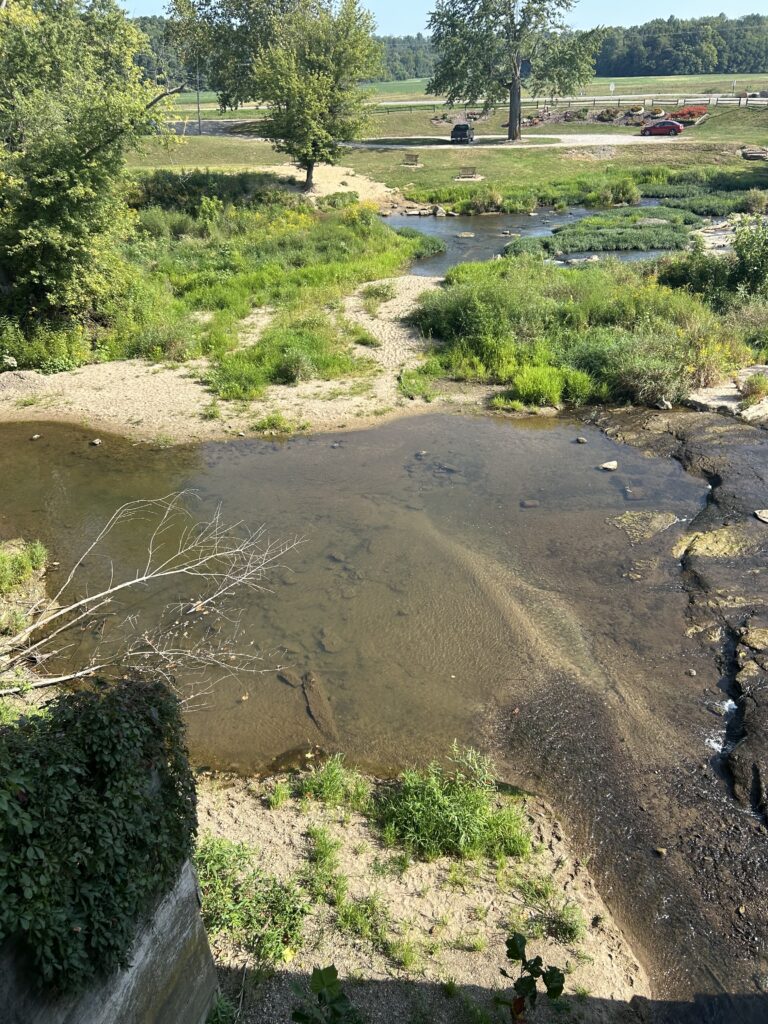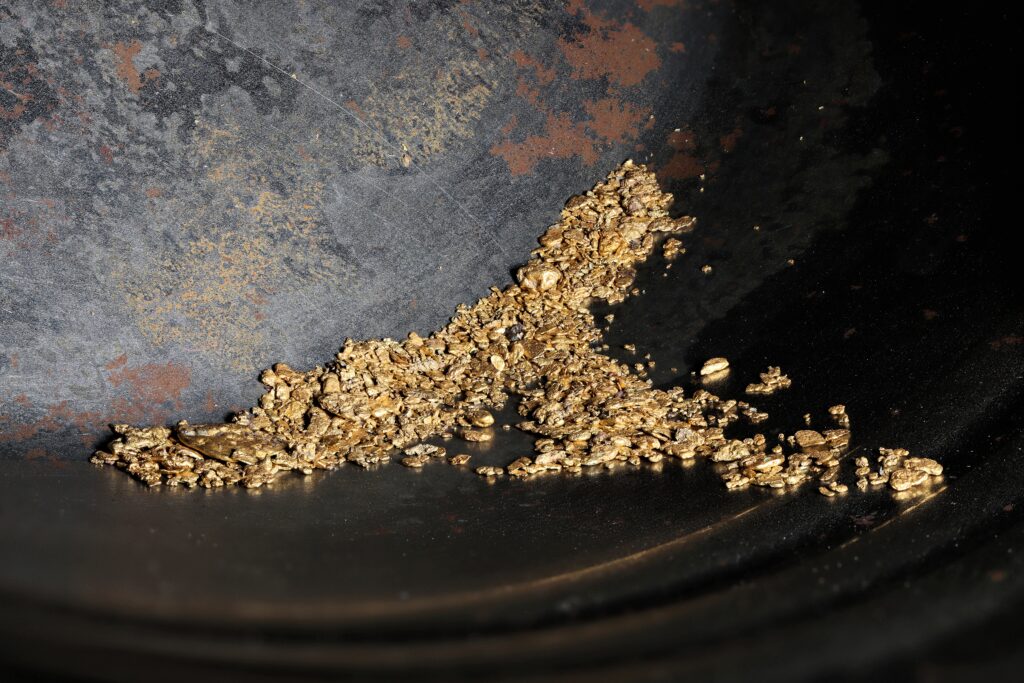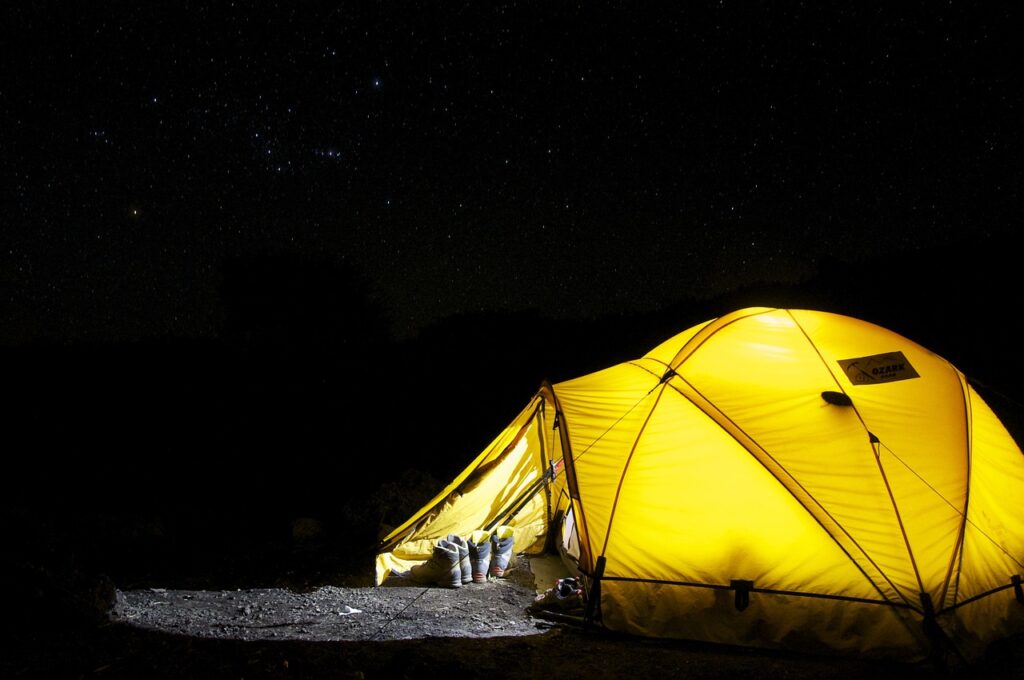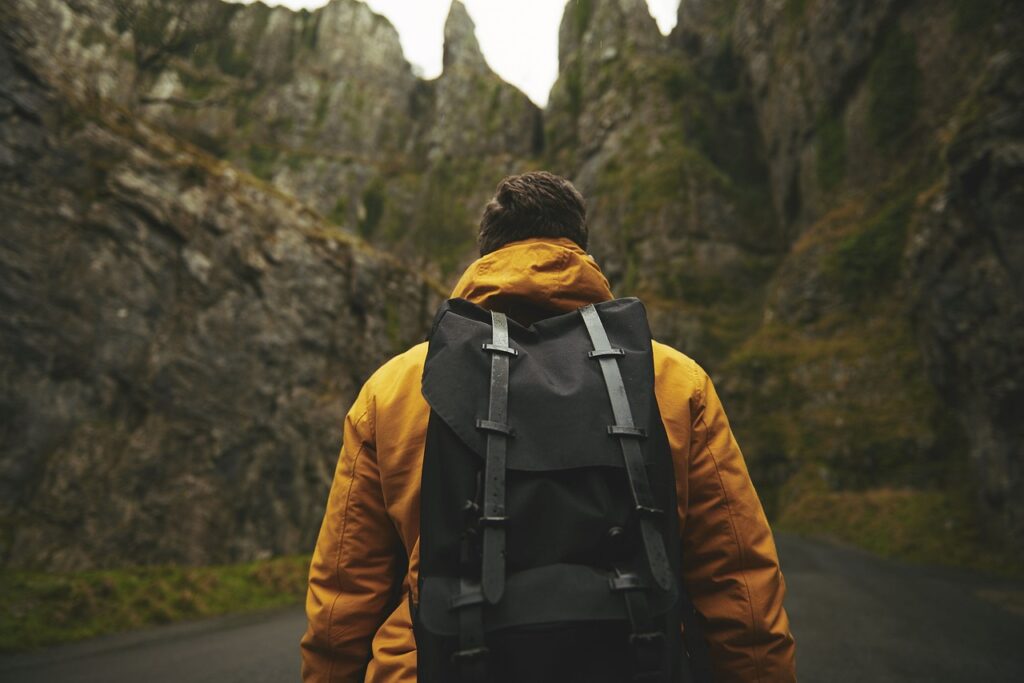I will admit. My favorite hobbies involve fishing rods or firearms. However, when the dull times of the year come around and there’s nothing in season, I’m looking for something to keep me occupied. Recently I have discovered how incredibly fun gold prospecting is. Ever since I panned the first glistening flake, I have been hooked. At that point, I couldn’t wait to get back to the office and hammer out an article to help you get started.
Where can gold be found?
If you live in the Midwest like me, you may not have known that gold exists in these parts. We all think of Alaska when someone mentions gold. However gold prospecting across the Midwest is more popular than you think.
Parts of the United States that don’t have native gold still have gold brought down by glaciers. Or so they say. The fact that gold is scattered across the American landscape could also have to do with the fact God once flooded the earth. This was a catastrophic event that drastically changed the earth’s landscape. Perhaps glaciers resulted from the global flood of Genesis, or perhaps we’ve been lied to and there never were giant chunks of ice. I’ll let you ponder that one.
Regardless, there is gold all over the US and it may just be in your backyard.
So where do I look for gold?
We have discussed the macro-location of the gold, so now let’s talk about the micro-locations. Gold is extremely dense. It’s 19 times heavier than water. Therefore, gold tends to settle in certain ways giving us hints as to where it may be hiding.
Let me illustrate something. If I have a bowl full of various items and dirt and rocks and I violently shake it, the heavier items will go to the bottom and the lighter stuff will move to the top. The same thing happens with gold.
However, as one who does gold prospecting as a hobby, I wouldn’t recommend digging in the middle of an open field to look for gold. We need to look for water.
Go to the water to find gold
The reason we want to look for water when gold prospecting is twofold. The first reason is water naturally goes to low areas. Since gold is heavy, it’s going to be low. The second reason is, moving water has already removed much of the lighter weight, trashy material that we don’t want to waste time sorting through. The bottom of a creek will hold a more highly concentrated material for prospecting and panning.
Don’t look for just any old body of water. A stagnant pond with a muddy bottom will do no good. A lake is too deep without special equipment. We need to find shallow rivers and streams to enjoy gold prospecting. These areas have plenty of moving water that have done much of the sorting already.
What part of the stream is best for gold prospecting?
Let’s exercise some common sense here. Which parts of the stream would yield richer gold-bearing dirt? Probably not the deep still pools, and probably not extremely fast-moving areas of rapids. Flowing water will move gold if the flow is fast enough. However, since gold is so heavy, it tends to stay in place longer than rocks and sand.
With this in mind, we want to look for areas with moderate flow. The area to dig in will have larger-sized gravel with very little sand. The water has already washed away the sand and left the heavy gravel. This is where we want to start digging.

The darker material in the current is where the gold would be.
Another thing to consider is changes in pressure or sudden changes in flow rate. If water is moving along at high speed, it will carry gold. However, when water hits an obstacle like a rock or a sharp turn in a bank, the flow quickly changes, and the pressure drops. Just before the obstacle is where the gold will fall out. Just before an obstacle, is a good place to look.
Here’s the equipment you will need for gold prospecting
Now that we know where to find gold, the next step is to obtain the right equipment. Luckily, this equipment is extremely affordable, and you likely have most of it in your garage. Here’s a quick list to get you started.
- Shovel
- Hand shovel
- A few 5-gallon buckets
- Classifying screens (2 different sizes)
- Sluice
- Dipping spoon
- Gold Pans
- Snuffer bottle
- Magnet
- Spray bottle
- Glass Viles
- Jet Dry or Dish Soap
Check out this kit for beginners
Gold prospecting is something that doesn’t cost much to get started. For under a hundred dollars, you can get started with a decent kit. You may want to upgrade the equipment later to make things more efficient and not to mention easier on your back!
How to separate the gold from the gravel
There is a specific sequence that must be adhered to when it comes to finding gold. There are techniques involved that will require practice. A countless number of videos can be found online that will help with this. Stay tuned for future articles on this website that will go into detail. You can also see me do this in my reels on Instagram. Follow me @streamandtimber to check them out.
For now, I will give you the simple steps.
- Shovel the Correct Gravel into a Classifier
- Wash the gravel in the Classifier catching the fine material in a bucket
- Take the classified dirt to the sluicing area
- Run classified material through the sluice
- Clean the sluice out into a clean bucket
- Transfer the final material into a pan
- Pan out the unwanted material to expose the gold
- Use the snuffer bottle to suck the gold flakes up
- Transfer the gold flakes into a clean pan with some water
- Add a tiny drop of dish soap or jet dry to the water
- Pan as much material away from the gold as possible
- Use the snuffer bottle to collect the gold again
- Transfer the gold to another clean pan
- Use a hair drier to remove water and dry the gold
- Use a magnet to remove any metal particles that may be left with the gold
- Dump the gold onto a piece of paper that has been creased in half and re-opened
- Use the crease of the paper as a funnel to transfer the gold into a glass vile.
- Secure the lid onto the vile and show off to everyone you know

Conclusion
The instructions in this article are intended for gold prospecting on your private property or with permission from the landowner. Each state has different rules for prospecting on public land. Please be sure to follow any guidelines set forth by your state.
Gold prospecting is an unbelievably enjoyable hobby. You may not get rich, but finding gold is a blast and could lead to some extra spending money. Who knows, maybe your property holds a rich pocket of shiny precious metals. What are you waiting for?
For other outdoor adventures, check out the rest of my blog!
Good Luck




“I’d be more worried about the COYOTES if I were you!!!”
– Old Prospector
I thought about that the whole time I was writing this!
Way too fun! Going to try this soon in our two creeks on the homestead!